CREATING A MT. SAC SYLLABUS
***FOLLOW THE MT. SAC SYLLABUS REQUIREMENTS AND GUIDELINES***
A syllabus will be ideally distributed on the first day of class and include the following:
Course Identification:
• College name
• Term and year
• Course number, title, reference number (CRN)
• Class days / time and location
• Instructor name
• Term and year
• Course number, title, reference number (CRN)
• Class days / time and location
• Instructor name
Course Resources :
• Office location and office hours (can say, “by appointment” for adjunct faculty)
• Phone/voice mail and Mt. SAC e-‐mail.
• Class website (if applicable)
• If announcements and changes to the syllabus are made exclusively through electronic means, students should be informed what type of communication will be used (e.g. email or portal announcement).
• Phone/voice mail and Mt. SAC e-‐mail.
• Class website (if applicable)
• If announcements and changes to the syllabus are made exclusively through electronic means, students should be informed what type of communication will be used (e.g. email or portal announcement).
Course Information:
• Course description
• Measurable objectives
• Textbook(s) title, author, edition
• Course prerequisites
• Measurable objectives
• Textbook(s) title, author, edition
• Course prerequisites
Find Course Info Here (See step-by-step guide to using Web.cms below)
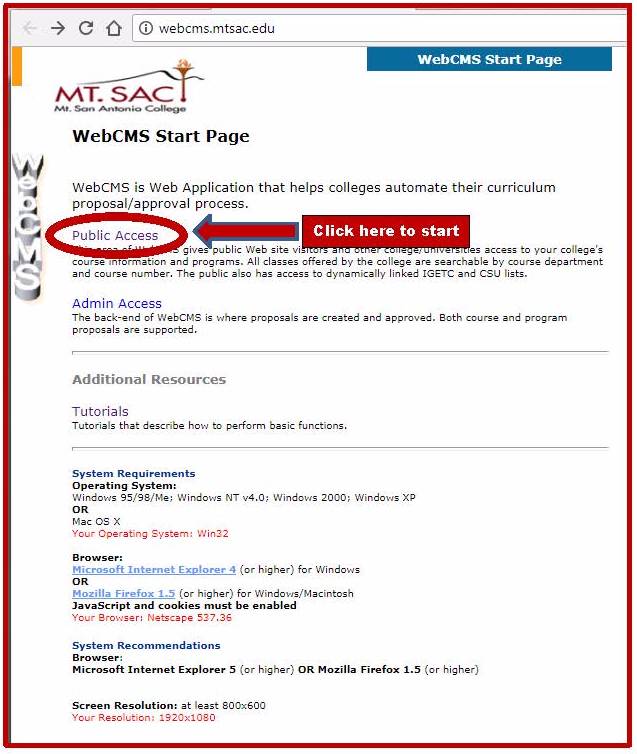
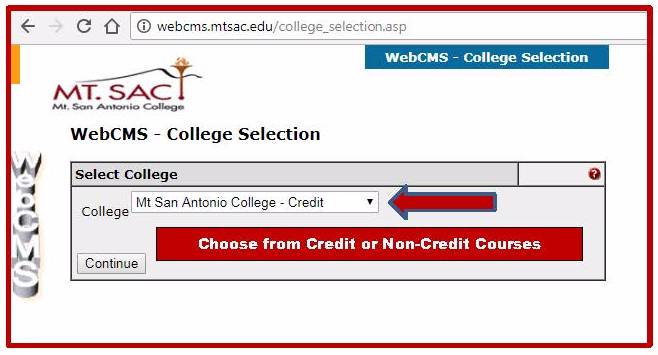
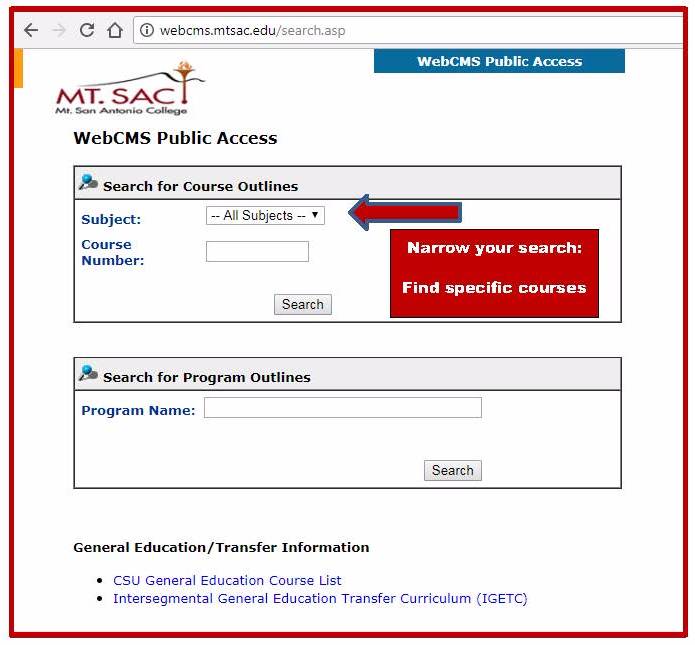
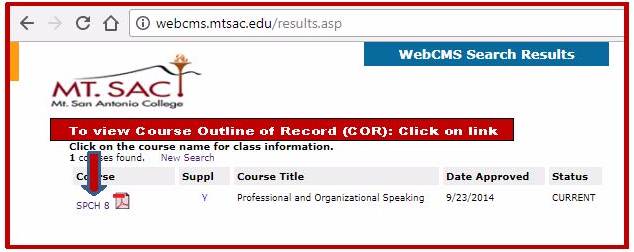
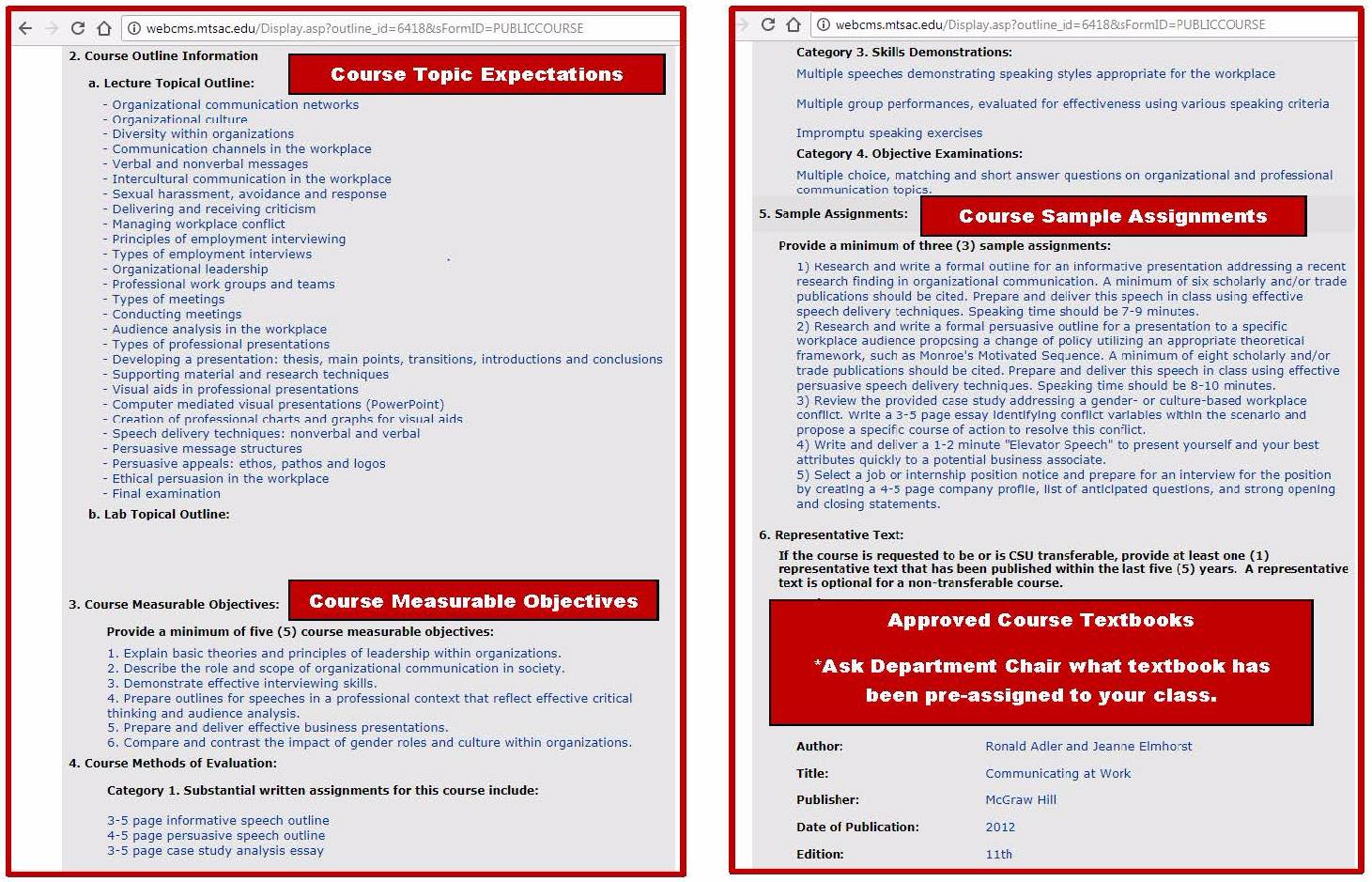
Student Learning Outcomes (listed or link provided): Find SLO's Here
Required Materials and Supplies for the Course:
Calendar/Schedule: Find Mt. SAC's Calendar Here
• Tentative Calendar/Schedule, recommended to be weekly or daily:
o Exam dates, including final exam, and major assignment due dates
o Field trip dates as applicable
o Reading assignments, may include other assignments
o Holidays
o Exam dates, including final exam, and major assignment due dates
o Field trip dates as applicable
o Reading assignments, may include other assignments
o Holidays
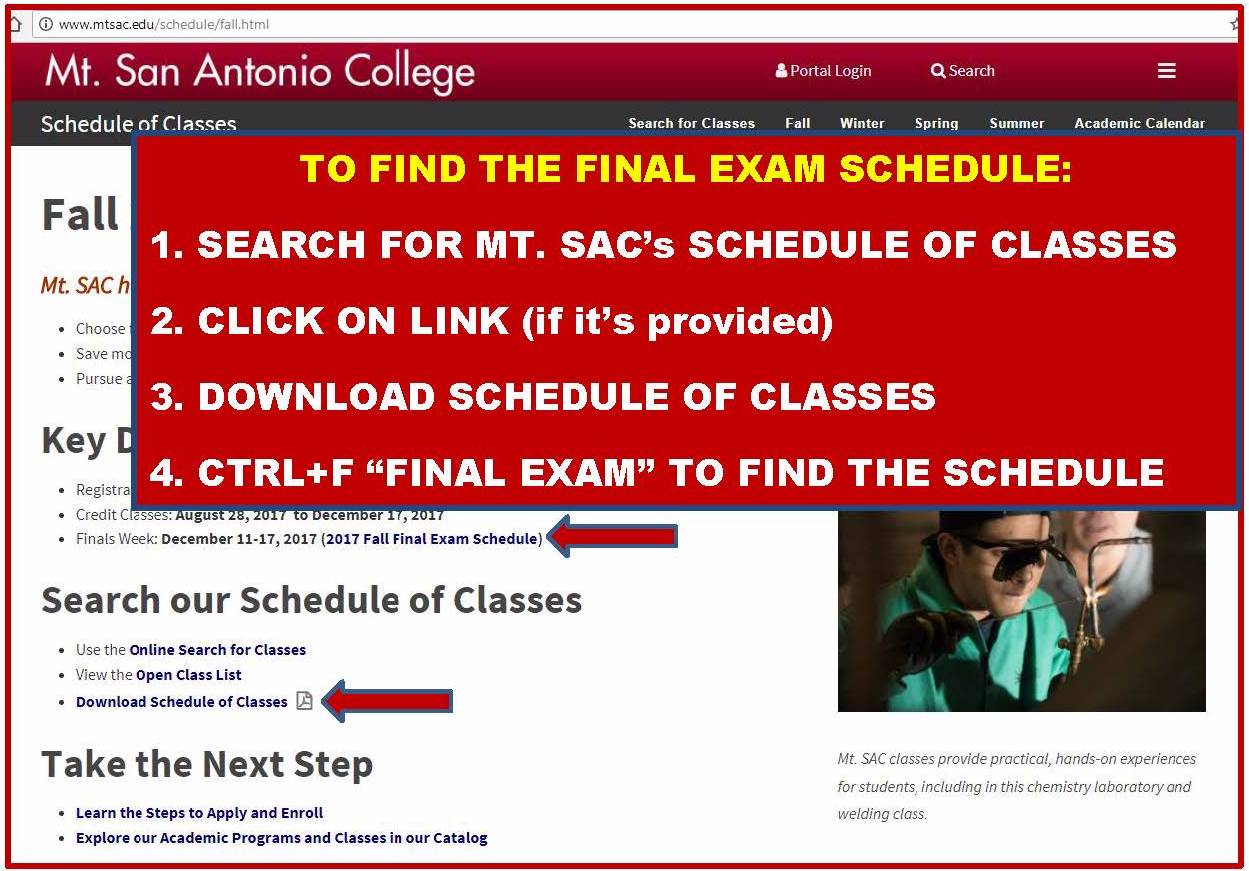
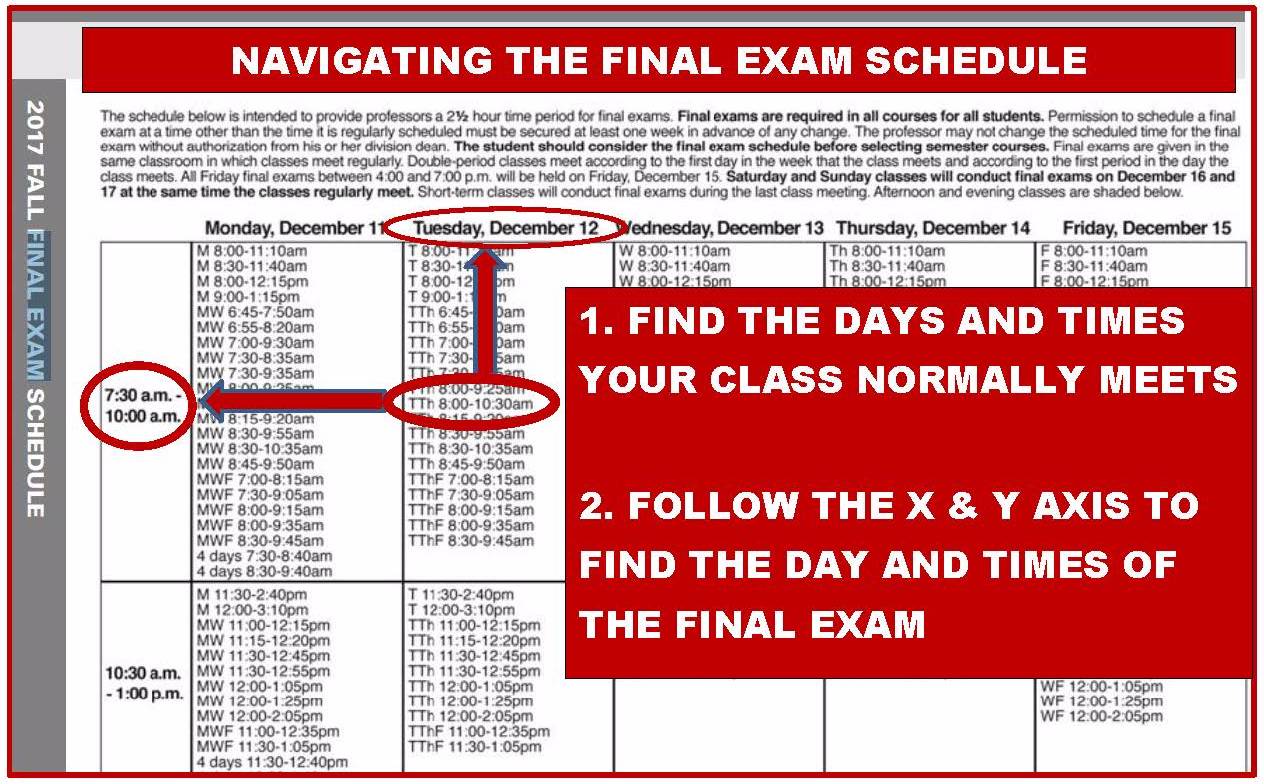
Grading Policies and Methods:
• Assessment methods
• Grading rationale, including:
o Definition of ABCDF (or credit/no credit)
o Points and/or percent for each exam, assignment and affecting policies.
o Specific requirements to pass the course such as final exam or field trips.
• Behaviors that adversely affect the grade, including attendance if applicable
• Grading rationale, including:
o Definition of ABCDF (or credit/no credit)
o Points and/or percent for each exam, assignment and affecting policies.
o Specific requirements to pass the course such as final exam or field trips.
• Behaviors that adversely affect the grade, including attendance if applicable
Accommodating Students with Disabilities Statement ACCESS Website
Course Rules and Policies :
• Academic Integrity policy (include at least a reference to academic misconduct policy
in the catalog). Find Academic Honesty Policy Here
o Other classroom rules and/or behavior Policies, if applicable, such as acceptable electronic devices in class, labs, or during exams
o Other classroom rules and/or behavior Policies, if applicable, such as acceptable electronic devices in class, labs, or during exams
Additional traditional syllabus content to consider:
• Additional attendance policies.
• Registration and withdrawal policies.
• Late work and make up assignments/exams policies.
• Extra credit policies.
• Availability of campus resources to support your class.
• How instructor will communicate with students
• Credit hours
• Instructor personal website
• Instructor specific detailed course description
• Instructor specific objectives
• Instructor preferred means of communication
• Textbook ISBN, acceptable versions
• Quizzes, homework due dates
• Digital media policy (recordings, pictures, etc.)
• Registration and withdrawal policies.
• Late work and make up assignments/exams policies.
• Extra credit policies.
• Availability of campus resources to support your class.
• How instructor will communicate with students
• Credit hours
• Instructor personal website
• Instructor specific detailed course description
• Instructor specific objectives
• Instructor preferred means of communication
• Textbook ISBN, acceptable versions
• Quizzes, homework due dates
• Digital media policy (recordings, pictures, etc.)
Non-‐traditional, student-‐friendly content to consider:
• Suggested practices on how to succeed in class
• Suggestions on how to make effective use of office hours
• Guidance on formation of study groups
• Instructor’s teaching methods and/or teaching philosophy
• Instructor biographical information including personal interests
• Use of clip-‐art, photos or graphics
• A student-‐friendly format, such as a newsletter format
• Suggestions on how to make effective use of office hours
• Guidance on formation of study groups
• Instructor’s teaching methods and/or teaching philosophy
• Instructor biographical information including personal interests
• Use of clip-‐art, photos or graphics
• A student-‐friendly format, such as a newsletter format
Distance learning syllabi should also include:
• How to access the course (e.g. login instructions)
• System requirements including software requirements
• Who to contact for IT issues
• How student “contact hours” will be assessed in the course
• How class information will be communicated (e.g. portal announcements vs. class website vs. email)
• System requirements including software requirements
• Who to contact for IT issues
• How student “contact hours” will be assessed in the course
• How class information will be communicated (e.g. portal announcements vs. class website vs. email)


